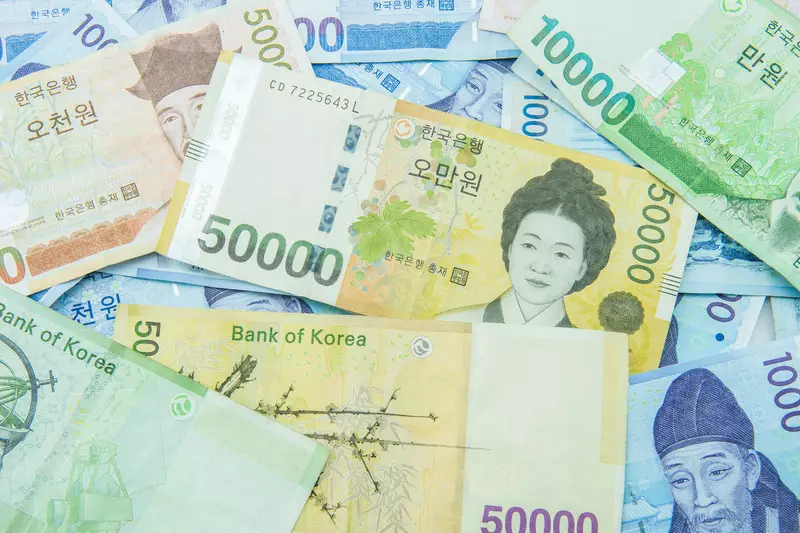In the ever-evolving landscape of global finance, currency markets reflect broader economic and political narratives. Recently, the Asian currency market experienced a notable downturn, primarily fueled by a precarious political environment in South Korea and heightened tensions in the Middle East. Adamant investors are poised for change, but the specter of geopolitical unrest often shrouds promising opportunities with uncertainty. As the U.S. dollar maintains its steadiness, it poses both a challenge and an opportunity for emerging Asian economies.
The South Korean won has found itself at a significant disadvantage, exhibiting a decline of nearly 10% since the start of 2024 — a staggering figure for a currency from a nation that remains a cornerstone of the East Asian economic engine. Recent developments escalated when the nation’s prosecutors initiated a criminal investigation into President Yoon Suk Yeol. The triggering event was Yoon’s controversial maneuver to impose martial law, which has now spiraled into larger questions of his capacity to govern.
Even as Yoon narrowly avoided impeachment last weekend, the political riptide suggests that further destabilization is inevitable. Indications from his party leadership hint at potential resignation, further exacerbating fears about economic stability — a topic of grave concern for investors already wary of risks. The won’s depreciation reflects broader anxieties surrounding governance in South Korea, which has historically been seen as a bellwether for regional economic health.
Geopolitical Tensions in the Middle East
The situation in the Middle East has only exacerbated the woes of Asian currencies. The recent uprising in Syria, where rebel factions have gained significant ground against President Bashar al-Assad, has contributed to instability that radiates far beyond the nation’s borders. The reports of al-Assad seeking asylum in Moscow have sent ripples of uncertainty through the geopolitical landscape. Consequentially, the Israeli forces have initiated movement into Syrian territory, which only heightens fears of extended conflicts in the region.
For investors, this spells trouble, as increased geopolitical tensions can elevate the risk aversion among market players, leading to a decreased appetite for investments in perceived vulnerable regions, including Asia. The resultant ripple effect manifests itself in currency downturns and increased costs of borrowing, compounding the struggles that many Asian economies face.
While the South Korean won dominates the conversation due to its drastic performance, other Asian currencies have remained subdued. The Taiwanese dollar has experienced a slight uptick, but this minor gain does little to suggest an underlying strength, especially as fears of a U.S.-China trade war loom over the forecasts of growth. The Singapore dollar reflects similar exhaustion as investors weigh the possible impacts of sluggish economies worldwide.
Interestingly, Australia presents a mixed bag as its dollar remains relatively stable ahead of an important rate decision by the Reserve Bank. In contrast, the Indian rupee has shown a slight increase following policy adjustments aimed at boosting liquidity as economic growth appears to cool. Meanwhile, the Japanese yen remains largely unchanged amid uncertainty regarding potential interest rate hikes from the Bank of Japan.
The market stands at a crucial juncture as it anticipates the U.S. consumer price index data to be released this week. The implications of this data will have significant repercussions on the Federal Reserve’s interest rate policy, and by extension, will inevitably influence global currencies. Speculation regarding a 25 basis point cut looms as investors strive to decipher the best course of action for their portfolios amidst fluctuating economic signals.
Moreover, close attention will be paid to Chinese economic policies and insights from the upcoming Central Economic Work Conference, which may provide an additional layer of detail regarding future stimulus measures. The interlinked nature of these economic environments cannot be understated, and any actionable forecasts will heavily depend on the developments transpiring beyond the borders of individual nations.
While the Asian currency markets tussle with internal political strife and external geopolitical pressures, the importance of comprehensive analysis and proactive measures has never been more apparent. Investors and policymakers alike must navigate these tumultuous waters with care and foresight, aware that the tides of economic fortune can shift unexpectedly.


Leave a Reply